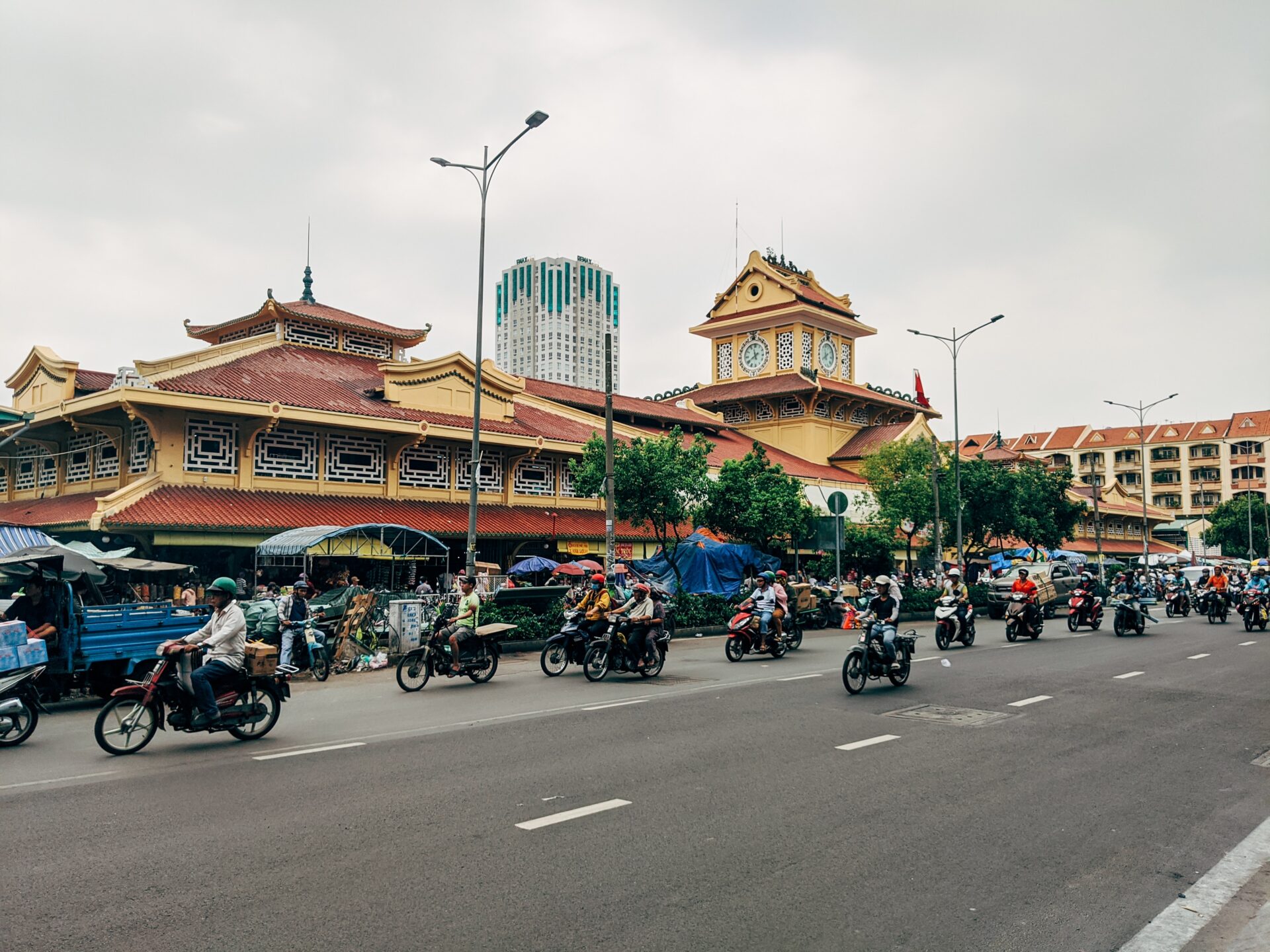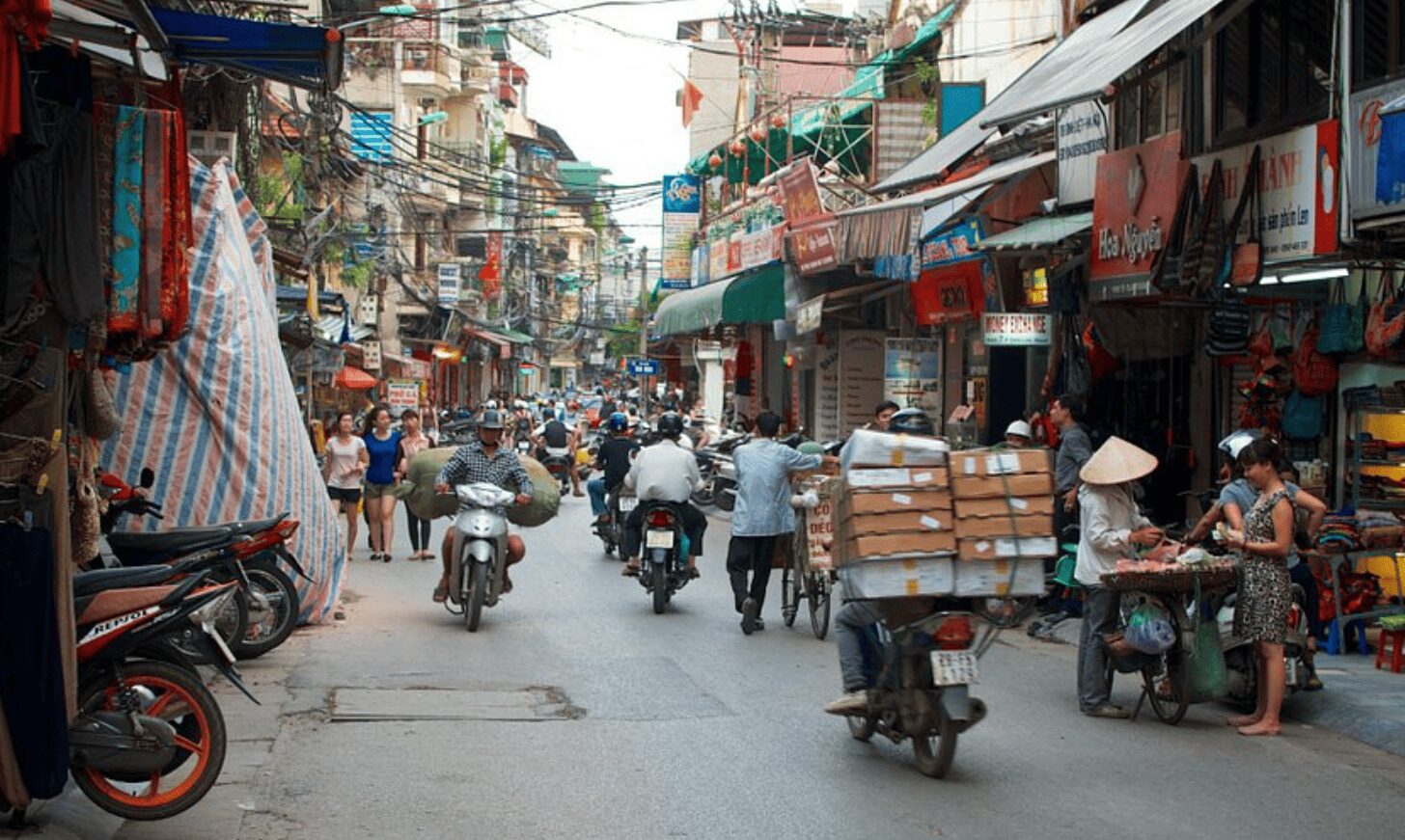The History and Tradition of Vietnamese Cuisine: Understanding Its Cultural Roots

In recent years, Vietnamese cuisine has gained increasing global attention for its fresh ingredients and complex flavors, winning the hearts of many. However, behind the delicious dishes lies a long history and rich tradition. By understanding this background, you can appreciate the deeper appeal of Vietnamese cuisine. In this article, we will focus on the history and traditions of Vietnamese food, examining its origins and the influence of various cultures.
目次
1. The Beginnings of Vietnamese Culinary Tradition
The history of Vietnamese cuisine dates back about 4,000 years. Since ancient times, Vietnam has been a rice-based agricultural society, particularly in the Mekong and Red River Deltas, where the abundant water resources supported the development of agriculture. This resulted in a deeply rooted culture centered around rice as the staple food. Rice became the foundation of Vietnamese cuisine and remains a crucial part of dishes like Pho and Banh Mi, which are popular worldwide today.
In addition to rice, ancient Vietnamese people developed techniques to enhance the natural flavors of ingredients by using herbs, spices, and fish sauce (nuoc mam). Fish sauce, in particular, is essential in Vietnamese cooking and is made by fermenting fish, giving it a distinctive flavor. These traditional seasonings and techniques have been passed down through the generations and are still fundamental to modern Vietnamese cuisine.
2. Influence of Chinese Rule
For a long time, Vietnam was under Chinese rule, particularly for about 1,000 years from 111 BC to the 10th century. During this period, Chinese culture, including culinary traditions, deeply influenced Vietnamese society. This impact is still visible in modern Vietnamese cuisine.
For example, noodle dishes, dumplings, and dim sum, which have Chinese origins, became integral parts of Vietnamese cuisine. Pho, for instance, was influenced by Chinese noodle dishes but has since evolved into a unique symbol of Vietnamese food. Spring rolls (cha gio) also originated from Chinese dim sum culture but have been adapted with Vietnamese ingredients and seasoning, giving them a distinctive local twist.
The use of chopsticks in Vietnamese dining customs is another influence that was passed down from Chinese culture and remains a central aspect of how meals are eaten today.
3. French Colonial Influence on Vietnamese Cuisine
From the late 19th century to the mid-20th century, Vietnam was under French colonial rule. During this period, Western influences, particularly from France, were introduced into Vietnamese cuisine, leaving a lasting legacy.
One of the most famous examples is “Banh Mi,” a sandwich that uses French baguettes filled with Vietnamese-style ingredients. Though rooted in French culinary traditions, Banh Mi has been adapted to include local flavors and has become a global favorite.
French influence is also evident in Vietnamese desserts and coffee culture. “Café sua da,” Vietnamese iced coffee with sweetened condensed milk, originated from French coffee traditions that took root in Vietnam. Additionally, desserts using butter and cream became popular during this era. This period of culinary exchange between East and West led to a richer, more sophisticated Vietnamese food culture.
4. The Impact of the Vietnam War on Food Culture
The Vietnam War in the latter half of the 20th century had a significant impact on the country’s food culture. Food shortages and economic hardships during the war meant that simple, nutrient-dense meals became a necessity. This led to an emphasis on using limited ingredients efficiently, a practice that continues to influence Vietnamese cooking today.
One popular dish that gained prominence during this time is spring rolls. Using readily available ingredients, spring rolls offered a simple and nutritious meal. The widespread cultivation of vegetables and herbs during the war further solidified their place in Vietnamese cooking.
As Vietnam’s economy stabilized after the war, the variety of dishes expanded, and traditional regional foods made a resurgence. Nevertheless, the simplicity and balance that characterized war-time cooking continue to be important features of Vietnamese cuisine today.
5. The Global Spread of Modern Vietnamese Cuisine
In recent years, Vietnamese cuisine has gained popularity around the world. As health-conscious eating trends rise, Vietnamese food’s focus on fresh vegetables, herbs, and low-calorie dishes has drawn attention. The balance of flavors, centered around rice and traditional seasonings like nuoc mam, has won the hearts of many.
In countries such as the United States, France, and Australia, where many Vietnamese immigrants have settled, restaurants serving Pho and Banh Mi have become common and beloved by locals. Vietnamese food’s simplicity and depth of flavor also make it appealing to those seeking gluten-free or vegan options, further boosting its global popularity.
6. The Future of Vietnamese Cuisine
Vietnamese cuisine has developed through its long history, shaped by the influences of multiple cultures. It is expected to continue evolving in the future. Recently, there has been a growing movement to re-evaluate and celebrate local traditional dishes, with a focus on sustainability and using regional ingredients. This trend is likely to lead to further growth in both the diversity and richness of Vietnamese food.
Additionally, with the expansion of the tourism industry, Vietnamese cuisine is increasingly becoming a major draw for travelers. The experience of discovering Vietnamese culture through its food is becoming a key attraction for both domestic and international tourists. With its deep cultural roots and unique flavors, Vietnamese cuisine will continue to captivate people worldwide.
Conclusion
Vietnamese cuisine has developed from its ancient agricultural roots and evolved under the influence of Chinese and French cultures while also overcoming the challenges of war and economic hardship. Today, it is globally beloved for its healthy balance and rich flavors. By learning about the history and traditions behind Vietnamese food, we can appreciate each dish more deeply and savor the cultural significance that accompanies every meal.
(Photo by Unsplash.com)



